$994 2Q 2024
3.9%
92.5% 2Q 2024
40 BASIS POINTS
497 [YTD: 872]
262 [YTD: 1,406]
QUARTERLY DEMAND
QUARTERLY COMPLETIONS
In Q2 2024, the Tulsa apartment market demonstrated stability, with positive demand significantly outpacing new completions. Net absorption reached 497 units, compared to only 262 new units completed, underscoring strong market dynamics. Broad demand across the market was evident, as only four of Tulsa’s fifteen submarkets experienced net move-outs, highlighting the market’s overall health. Notably, South Tulsa County played a pivotal role in driving the market’s positive performance, with an absorption of 229 units.
In Q2 2024, new construction activity in the Tulsa apartment market was concentrated primarily in just two submarkets: South Tulsa County and Midtown South, which together contributed a combined total of 262 units. Over the past year, North Tulsa, South Tulsa/Broken Arrow, and South Tulsa County have emerged as the primary areas for development. Each of these submarkets accounted for at least 21% of all completions over the past twelve months.
In Q2 2024, Tulsa’s apartment market experienced a net demand that surpassed the rate of new completions, following a record number of new units introduced in the previous quarter. This rebalancing of supply and demand resulted in a 70-basis point improvement in average occupancy on a quarterly basis, elevating the overall rate to 92.5%. Additionally, there was a 40-basis point increase in occupancy on an annual basis, demonstrating sustained positive momentum in the market. Of Tulsa’s 15 submarkets, only five experienced declines in occupancy on a year-over-year basis. Osage County stood out with an impressive 98.1% occupancy rate, with five other submarkets exceeding the 95% benchmark. Conversely, Midtown South faces the lowest occupancy rate (84.3%).
The Tulsa apartment market is experiencing robust rent growth, with Q2 2024 witnessing a notable 3.9% year-over-year increase in average effective rents, reaching $994 per month. This momentum is anticipated to persist, with projections suggesting annual rent increases of between 4-5% over the coming year. The healthy absorption of new inventory into the market indicates a stabilizing trend. Rent growth varied across submarkets, with all but one—Creek County—seeing positive changes. Wagoner County led the way with a substantial 7.7% increase. Downtown Tulsa and South Tulsa County continue to be premium locations, commanding rents 36% and 29% above the metro average, respectively. South Tulsa County, in particular, is attracting strong demand, and rents are expected to remain robust, bolstered by continued renter preference for these areas.
Average Monthly Mortgage Payment
Average Monthly Rent
The Tulsa multifamily market has seen a substantial surge in investor interest, with conventional apartment sales climbing by 440% year-over-year to reach $86.5 million, as per CoStar’s data. This increase coincides with the number of properties traded rising from four to thirteen. Consistent with trends in most years, private buyers continue to dominate the market. With a price per unit of $89,500 in the second quarter of 2024, Tulsa offers a significant discount compared to the national average, making it an attractive option for investors exploring opportunities beyond primary and secondary markets. This favorable pricing structure makes Tulsa a prime choice for those looking to capitalize on value in less competitive markets.
* Trailing 4Q average PPU
* Preliminary Data from Costar
|
Under 35 Years
|
35 to 44 Years
|
45 to 54 Years
|
55 to 64 Years
|
65 to 74 Years
|
75 to 84 Years
|
85 Years & over
|
|---|---|---|---|---|---|---|
|
-1.5%
|
0.4%
|
-0.1%
|
0.1%
|
0.8%
|
0.2%
|
0.1%
|
The 65-74 age group is the fastest expanding renter demographic in the Indianapolis metro area, showing a 0.8% growth from 2019 to 2022. This suggests an increasing demand for rental housing that caters to an aging population.
Tulsa’s multifamily market stands out in a generally softening national landscape, with growing investor interest buoyed by a healthy balance of between supply and demand. Currently, over 1,300 units are under development, with most slated for completion within the next four quarters. Leading this surge is South Tulsa/Broken Arrow, which is scheduled to see over 550 of these units.
While this influx might temporarily influence rents and occupancy rates, the impact is expected to be minimal. Tulsa’s strong economy and positive employment trends position the market to effectively absorb the new supply while maintaining stability. The resurgence in demand is anticipated to align with the delivery of these new units, mitigating the risk of oversaturation.
This resilience is further enhanced by significant capital projects in the region. Notable developments include NorSun’s $620 million solar facility and a $250 million expansion of Saint Francis Hospital, both poised to create thousands of jobs and stimulate long-term demand for housing. Additionally, the $55 million expansion of the Cox Business Center and Arena District further boosts the economic vitality of Tulsa, cementing the multifamily market as a compelling investment opportunity.











